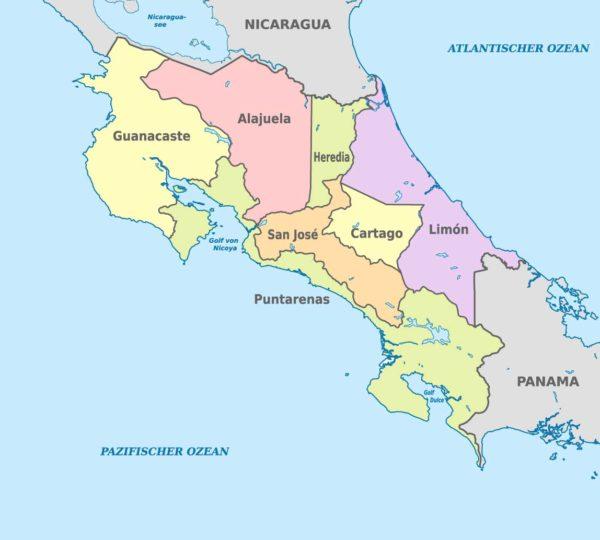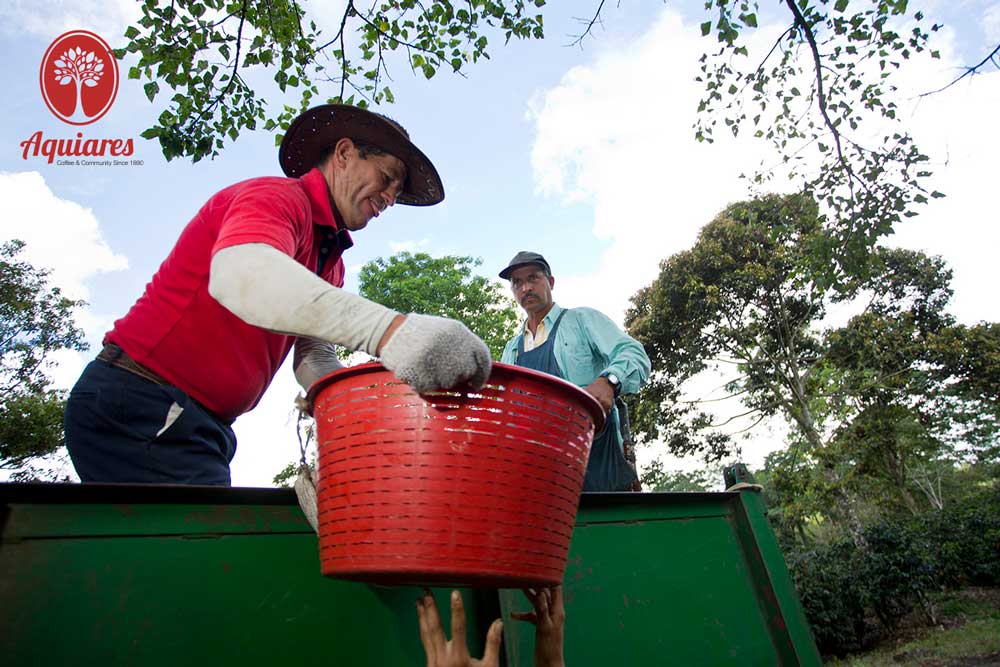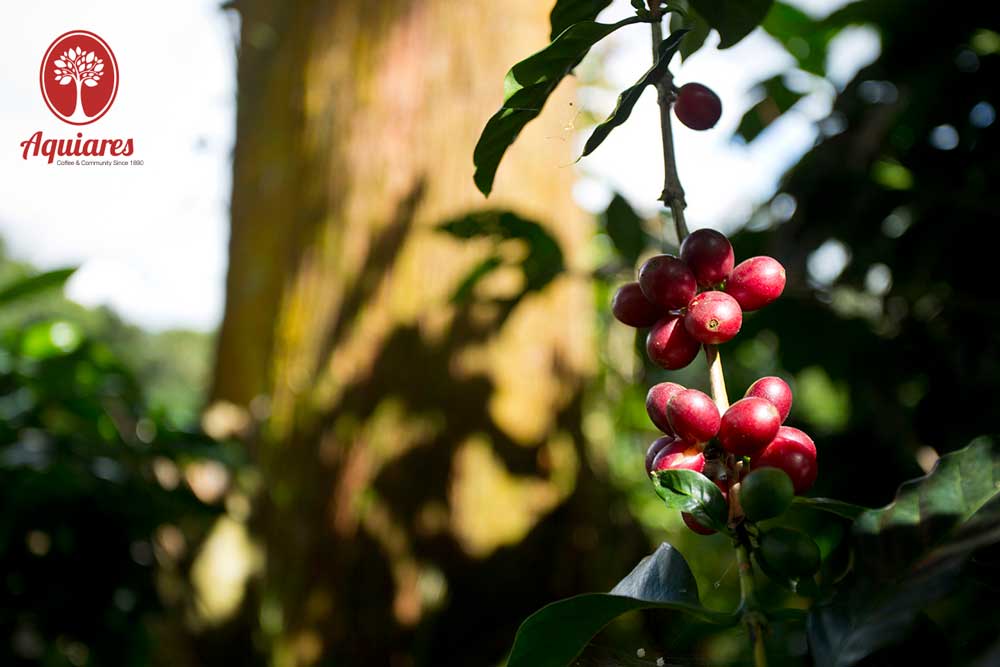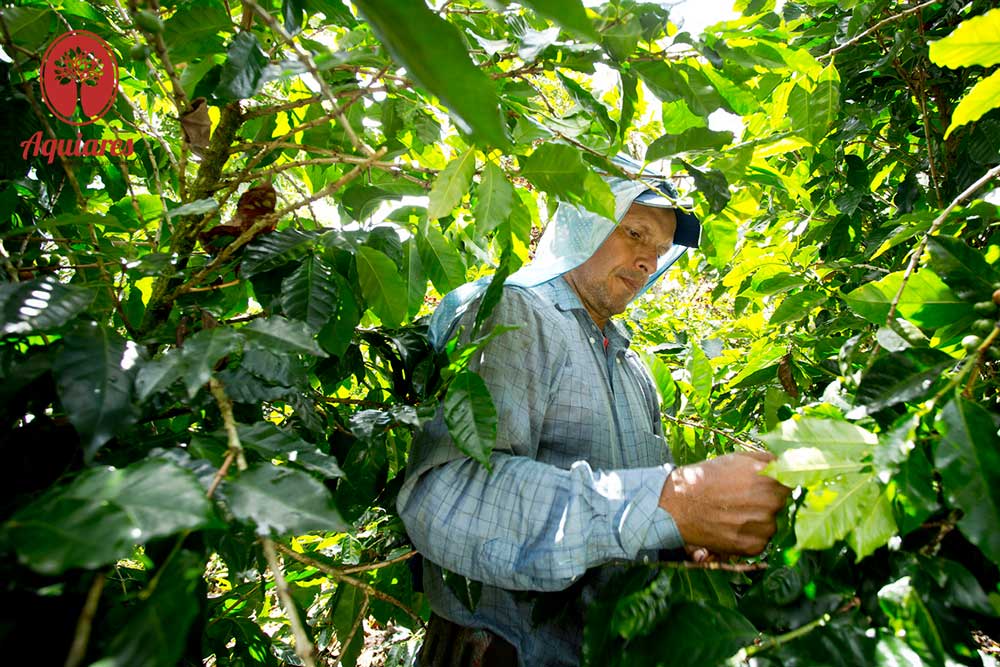Costa Rica is a nation that holds a special place in anyone’s imagination.
Extraordinary beaches, lush jungles (probably the reason why it was chosen as the iconic Jurassic Park movie set) and an exemplary political structure (especially when compared to Central American standards).
A true paradise, home to some of the best specialty coffees in the world which are the flagship of a national production of the highest level. Coffee has in fact always been one of the most exported products of this country.
Furthermore, coffee cultivation has been one of the main supports for the modernization of the country, which exclusively grows Arabica varieties in eight different regions. These eight regions are home to hundreds of fincas (the farms where coffee is grown) which carry out high-level research in the field of coffee varieties and processing methods and some of these have become true poles of attraction
Diego Robelo and the Aquiares finca
Learning about the Aquiares farm through the words of its general manager, Diego Robelo, is a real discovery journey through new trends and processes of specialty coffees.
This is why we directly interviewed Diego in one of our episodes of “Meet the coffee farmer”. Diego Robelo and his family have owned the Aquiares Estate for generations, and today Diego is the true soul of this place. The Aquiares Estate is in fact rather a small town than a farm, as it houses over 2000 inhabitants who work and live here with their families.
Furthermore, this international coffee research center has also developed collaborations with other research institutes, universities and SCA (Specialty Coffee Association) centers all over the world.
It is also from one of these collaborations that coffee lots like the Entre Rios (“between two rivers”) was born. This unique micro-lot has notes of citrus, cherry and caramel. These flavors are the result of an innovative symbiosis between the plantation and the surrounding jungle. The Entre Rios lot is Rainforest Alliance certified and reached 85.75 points in the SCA tasting of 2021.
History, variety and manufacturing processes in Costa Rica
Coffee arrived in Costa Rica in 1808, following different timelines and routes compared to other areas of Latin America, and immediately became the country’s main source of export.
In the first decades, Costa Rican coffee was exported mainly to Chile, from where it then left towards Europe and especially towards Great Britain, which marketed this coffe as “Café Chileno de Valparaíso” (interesting, right?)
To give up this form of “wrong advertising”, but also to create a more linear communication, in 1843 an English captain established the first direct route between Costa Rica and the United Kingdom. From that moment onwards, the English ships began to spread Costa Rican coffee in Europe, helping to change the social structure of the nation.
As you can in fact imagine, the growth of exports created new social classes of farmers and wealthy traders. Their profits, combined with the need for new infrastructure, contributed to the creation of the country’s railway network and to a modernization of the entire Costa Rican society.
Today, Costa Rica has the most stable democracy in Central America and even if coffee is no longer the country’s main exported product (bananas play the most important role today), it still remains a flagship for quality which grew even stronger with the wave of specialty coffees.
As we can see from the map, Costa Rica is in fact a strip of land between two oceans between the Caribbean Sea and the Pacific Ocean. The strong exposure to the sea, together with the high altitudes of its mountains, the volcanic soil, the rainfall and the richness of its vegetation, allow for a coffee bean growth with great body and fantastic flavors, sweet and delicate, with an average acidity.
As you’ll see in this interview with Diego Robelo, Costa Rican coffees are mainly processed as washed, but there’s also an availability of high-quality natural processed beans. The mainly cultivated varieties are Typica, Brazilian Caturra, Catuai, and the ancient Bourbon, Gesha, Villablobos and, more rarely, Rume Sudan, in addition to the typical Costa Rican varieties such as the Obata, Marsellesa and Villa Sarchi.
The Specialty Coffee Producing Regions in Costa Rica

Central Valley
This is the region of Costa Rica’s capital, San Jose. The central valley was the first region to grow coffee in Central America, even though it’s not amongst those which grow the best coffee qualities today.
Sarchi
This city is located in the West Valley area and gives its name both to the famous Villa Sarchi variety (first discovered in the West Valley region around 1950).
Terrazu
Here is another well-known name for coffee lovers. The Terrazu region is where coffee plants are grown at altitudes of 1.200 meters above sea level, thus allowing the development of a full-bodied coffee as well as complex and very fine flavors.
Tres Rios
The region of the “Three Rivers” is located near the Pacific coast. The coffees here are grown up to 1.600 meters above sea level, mostly on the volcanic soils of the Irazu volcano. The Tres Rios coffee stands out for its sweetness and aromatic finesse.
Coffee in Costa Rica is also grown in four other less known areas of the country: Orosi is one of the most historic, while the regions of Turrialba, Guanacaste and Brunca are known for the excessive rainfall and low altitudes of the crops and therefore don’t allow for the growth of a very high quality coffee.




